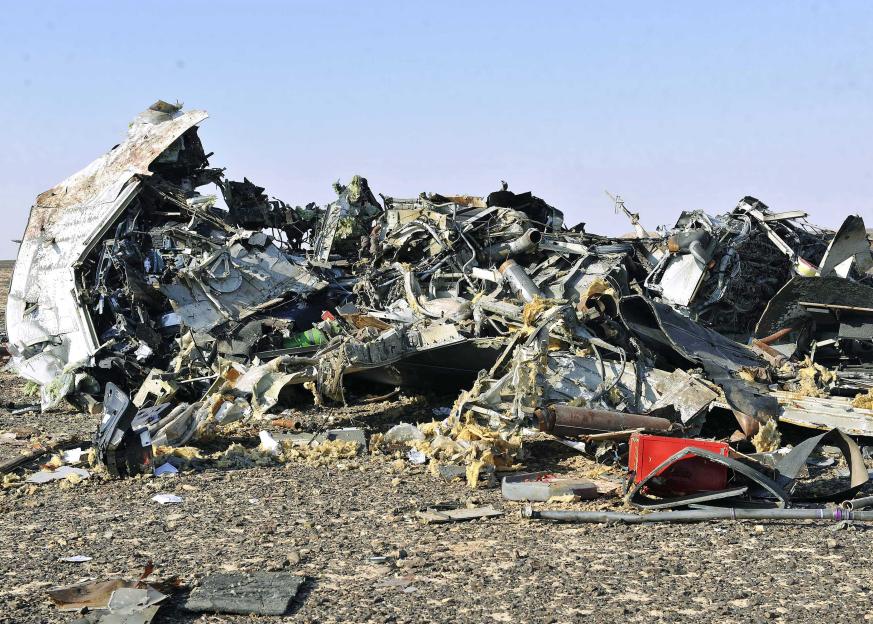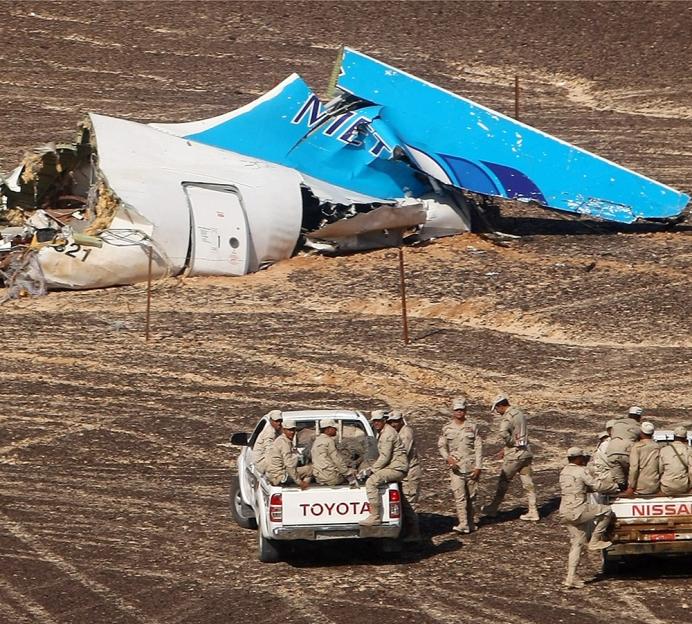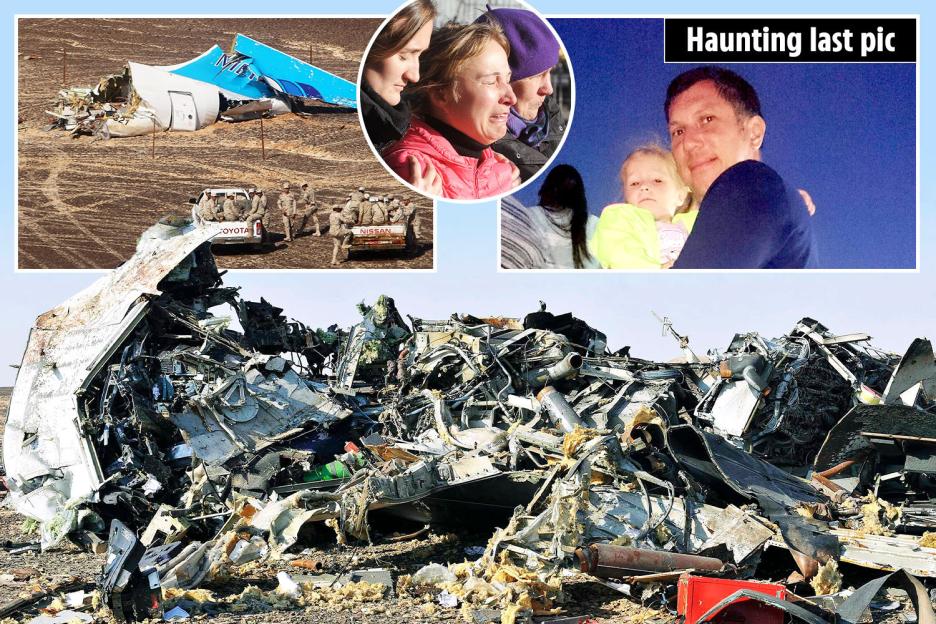Table of Contents
As 224 passengers prepared for take-off on what seemed to be a routine flight, none could have anticipated the catastrophic events that would unfold just minutes later.
At 5:58 am, the fully booked A321 thundered down the runway and ascended into the clear sky—before exploding mid-air, resulting in the tragic loss of all lives on board. Although an official cause of the crash was never determined, an aviation expert has shared his insights on what he believes truly occurred a decade later.
 Debris from the crashed Russian jet lies scattered across the sand at the site of the incidentCredit: EPA
Debris from the crashed Russian jet lies scattered across the sand at the site of the incidentCredit: EPA
 The wreckage of the aircraft after the crash, which resulted in the deaths of 224 peopleCredit: EPA
The wreckage of the aircraft after the crash, which resulted in the deaths of 224 peopleCredit: EPA
 The Russian passenger jet exploded mid-air, resulting in the death of all 224 individuals on boardCredit: EPA
The Russian passenger jet exploded mid-air, resulting in the death of all 224 individuals on boardCredit: EPA
It was just after sunrise when Metrojet Flight 9268 departed from Sharm el-Sheikh airport on October 31, 2015.
Heartbreaking final images from inside the aircraft show families smiling as they prepared for take-off—unaware that they would soon face tragedy.
Twenty-three minutes into the flight, the aircraft was cruising at 31,000 feet when a massive explosion erupted in its rear fuselage, tearing the plane apart in seconds and causing it to enter an “uncontrolled dive.”
All 224 individuals on board—including 25 children and seven crew members—lost their lives, comprising 212 Russians, four Ukrainians, and one Belarusian.
Most passengers succumbed to “severe barotrauma”—a rapid change in air pressure following decompression that has devastating effects on the human body.
A relative of one victim, who was asked to identify their loved ones, stated that most victims were so severely injured that they were unrecognizable.
The relative remarked: “It is impossible to recognize they were human beings.”
The aircraft plummeted into the Sinai desert below in a fiery crash that shocked the world. A decade later, it remains one of the deadliest aviation disasters of the 21st century.
However, Julian Bray, an experienced aviation expert, told The Sun that the cause of the crash could only be attributed to one factor.
Julian asserts: “You must look at it and conclude that it was a deliberate act.”
Hunt for Answers
As investigators flooded the crash site in search of answers, a terror attack was immediately cited as the most plausible cause of the explosion—but who could have orchestrated such a heinous act? What could have motivated them?
Images of the wreckage revealed that the plane was split in two before it disintegrated upon impact—such catastrophic damage could only result from a significant explosion on board the aircraft.
Initial theories suggested it could have been an unfortunate accident caused by a fuel or battery explosion onboard.
Russian media outlets even claimed that the pilot had reported technical difficulties at the beginning of the ascent—but this was refuted by Egyptian aviation officials, who maintained that there were no distress calls.
Others expressed serious concerns that a homemade bomb may have been smuggled onto the plane by one or more employees at Sharm el-Sheikh airport who had been recruited by terrorists.
Investigators seemed eager to downplay any reports of a terror attack, as many believed it would reveal flaws in the nation's aviation industry.
A terror attack in Egyptian airspace would also likely incite panic among future holidaymakers heading to the popular tourist region, where more than one million Brits visit annually.
Lead investigator Ayman al-Muqaddam maintained his stance that terrorism could not be confirmed for months following the crash.
 Yuri Shein and his three-year-old daughter Anastasia were captured in a haunting final photo by Yuri’s wife Olga just before boarding the planeCredit: Not known, clear with picture desk
Yuri Shein and his three-year-old daughter Anastasia were captured in a haunting final photo by Yuri’s wife Olga just before boarding the planeCredit: Not known, clear with picture desk







